This
post was originally published on
this sitehttp://chriskresser.com/

Did you know that your gut bacteria can influence your mood? Read on to learn about how the gut and brain communicate with each other, the evidence that connects the gut microbiome and anxiety, and how to fix gut dysbiosis.
Is Anxiety in Your Brain or in Your Gut?
Approximately 18 percent of U.S. adults suffer from an anxiety disorder, characterized by apprehension and fear that can negatively affect productivity, personal relationships, and overall quality of life. (1) Pharmaceutical treatments, such as selective serotonin reuptake inhibitors (SSRIs) and benzodiazepines, manipulate the levels of neurotransmitters in the brain.
Although these medications provide relief for some, they are often ineffective and can have serious side effects. (2)
Even if chemical imbalances were present in most people with anxiety (
they aren’t), antianxiety meds fail to address a lesser-known contributor to
depression, anxiety, and other mood disorders:
gut dysbiosis and dysfunction.The brain and the gut communicate via a gut–microbiome–brain axis, and a growing body of literature indicates that a disrupted gut microbiome may contribute to a variety of cognitive and mood disorders, including: (3, 4, 5, 6)
How Your Brain and Your Gut Communicate
The brain and the gut can interact directly through the vagus nerve, which connects the central nervous system to the heart, lung, and digestive tract. The vagus nerve can be activated by many neuroactive molecules found in the gut. (7)
Neurotransmitters
Some gut bacteria species synthesize neurotransmitters, including GABA, serotonin, and dopamine, and neurotransmitter modulators, like brain-derived neurotrophic factor, or BDNF. In fact, more than 90 percent of the body’s total serotonin and more than 50 percent of the body’s total dopamine are synthesized in the gut, not in the brain. (8, 9)
Short-Chain Fatty Acids (SCFAs)
Dietary fiber is broken down by gut bacteria into anti-inflammatory short-chain fatty acids (SCFAs). SCFAs stimulate the sympathetic and autonomic nervous systems with neurological benefits. One example is butyric acid, which has been shown to slow the progression of Parkinson’s and Huntington’s diseases in animal models. (10, 11)
Thyroid and Sex Hormones
Gut microbiota are involved in the release and degradation of hormones such as insulin, glucagon, leptin, as well as estrogen. (12, 13, 14)
Other Signaling Molecules
Neuroendocrine cells comprise about 1 percent of the cells along the protective gut lining, called the epithelium. These cells release over 20 neuroactive signaling molecules, including neuropeptide Y, oxytocin, ghrelin, and calcitonin gene-related peptide. (15)
The gut microbiome influences the brain across a lifetime. In the earliest stages of life, bacterial colonization of the gut is crucial for proper brain development.
Germ-free mice, which have no microorganisms in their guts, experience abnormal mental development and develop brain structure defects. (16, 17, 18, 19) Altering the gut microbiota with antibiotics or probiotics can either damage or improve memory, further supporting the role of the gut in brain function. (20, 21, 22) We also have evidence that microbiota regulate pain perception, impact the protective nerve sheath covers called myelin, and influence neuroplasticity, the ability of the brain to reorganize and rewire from good and bad inputs. (23, 24, 25)
Because of the active gut–microbiome–brain axis, anxiety and other mood disorders can be influenced by the stability and diversity of the gut microbiome. Let’s look at some of the evidence that supports the gut microbiome and anxiety connection.
Your Gut Bacteria Determine How Your Body Responds to Stress
A healthy gut promotes a normal stress response through the hypothalamus–pituitary–adrenal (HPA) axis. Gut microbiota are essential to the development and function of the HPA axis, and there is a critical developmental window when colonization must occur for the HPA axis to function normally. (26, 27) Germ-free mice exhibit an exaggerated HPA stress response, a hallmark characteristic of anxiety, indicated by excessive corticosterone and adrenocorticotropic hormone secretion. (28). The exaggerated response can be reversed by administering probiotics, but only in young mice. On the other hand, pathogenic E. coli worsened the condition.
As the gut microbiota mediate the stress response, stress can, in return, alter the gut microbiota. (
29,
30)
It’s a two-way street.In mice, stressors like maternal separation early in life or prolonged restraint induce significant changes in the gut bacterial profile. (31, 32, 33) In humans, gut changes with stress have been reported, although the specific bacterial changes aren’t always consistent across studies (34, 35). Most likely a person’s individual response will depend on his or her gut microbial diversity, gut wall integrity, diet composition, and overall health.
Happy Gut, Happy You
Differences in gut microbiome compositions have been found in both animals and humans with mood disorders. In mice, depression and anxiety are accompanied by altered gut profiles. (36) Similarly, several human studies have found microbiota differences between patients with anxiety and/or depression compared to healthy control groups. (37, 38, 39) In one small study, lower levels of a particular bacterial genus, Faecalibacterium, correlated with more severe depression. (40)
Gut dysbiosis can lead to anxiety, and re-establishing the gut microbiota can mitigate anxiety-like behavior. After pathogenic infection with Campylobacter jejuni or Citrobacter amalonaticus bacteria, mice developed anxious and abnormal behaviors, possibly through activation of the amygdala, a brain region that’s often implicated in anxiety. (41, 42, 43). Similarly, germ-free mice exhibit anxiety-like behaviors. (44) Probiotic supplementation has been shown to decrease anxious behavior in several mouse studies. (45, 46, 47, 48)
Interestingly, in another study, mice given oral antibiotics showed altered fecal microbiota, increased anxious behavior, and increased BDNF expression in the hippocampus region of the brain, all of which were resolved within a few weeks after stopping the antibiotics. When antibiotics were given to germ-free mice, no changes in behavior or BDNF expression were seen, indicating that the gut microbiome was indispensable for these alterations. (49)
In this same study, the researchers performed fecal microbiota transplants between two strains of mice with known behavioral differences. When the more timid and anxious type of mice were colonized with microbiota from the less anxious type, the mice increased their exploratory behavior and showed decreased anxiety. In reverse, when the less anxious mice were colonized with microbiota from the more anxious type, the mice decreased their exploratory behavior. Of note, these behavioral changes were not accompanied by changes in neurotransmitter levels in the brain, further demonstrating that anxiety and other mood disorders have influences beyond the brain.
How to Fix Gut Dysbiosis
A healthy gut should have a diverse, stable, and robust microbiome with high gut lining integrity. Unfortunately, many factors present in our modern society contribute to gut damage:
Our 21st-century microbiomes are significantly less diverse than those of our ancestors, as well as the microbiomes of modern-day hunter–gatherers who largely adhere to their traditional diets. (50) We have a lot to learn about the ideal human microbiome composition, and just as there isn’t one ideal diet, there probably isn’t one ideal microbiome.
At this time, it’s difficult to noninvasively obtain snapshots of your microbiome along the entire GI tract. Fecal analyses are common, but what’s in fecal matter isn’t representative of the entire tract. Gut bacteria populations change and become denser further along the digestive tract, with the distal colon (the last sections) being the most densely populated.
Nevertheless, if you suffer from mood disorders like anxiety, or a host of other conditions like eczema, obesity, and GI disturbances, healing your gut might provide some relief. Start with these steps:
- Treat any pathogens that might be present. The following recommendations (consuming fiber, bone broth, and fermented foods) will only go so far if you have an untreated, underlying infection.
- Eat more fiber. Fiber feeds the microbiome, and low-fiber diets reduce microbial diversity. (47) Consider a prebiotic supplement.
- Drink bone broth. Bone broth and other sources of collagen and glycine can repair gut integrity.
- Consume naturally fermented foods, like natto, sauerkraut, kefir, yogurt, raw milk, and kim chi.
Will Probiotics Help Your Gut Microbiome and Anxiety?
Researchers coined the term “psychobiotics” to describe probiotic strains with the potential to impact psychological health. Several human clinical trials have shown that probiotic administration can reduce stress, improve sleep quality, and improve memory. (51, 52, 53) Specifically, Lactobacillus acidophilus, Lactobacillus casei, Bifidobacterium bifidum, and Bifidobacterium longum have all improved scores of anxiety and/or depression in human clinical trials. (54, 55, 56, 57, 58) However, not all probiotic clinical trials have been effective for mood disorders. (59, 60)
If you’ve tried the above tips and still have gut issues, probiotic supplements could make a difference. A dizzying number of probiotic supplements are on the market, but Mark Ruscio categorizes them into five main varieties:
- Lactobacillus
- Bifidobacterium
- Saccharomyces boulardii (healthy fungus)
- Soil-based or spore-forming probiotics
- E. coli Nissle 1917 (healthy form of E. coli)
As it will take a few weeks to notice a difference, finding the most beneficial probiotic supplement could be a process of trial and error.
Now I’d like to hear from you. Did you know your gut health could impact your mood? If you suffer from anxiety, what alternative therapies have worked for you? Let me know in the comments.
The post Your Gut Microbiome and Anxiety: What’s the Connection? appeared first on Chris Kresser.
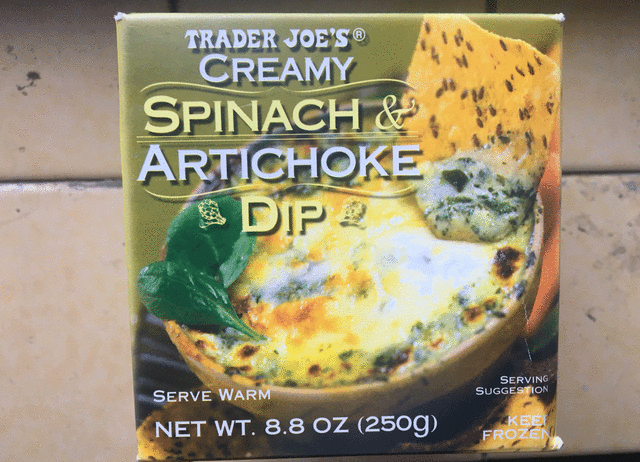


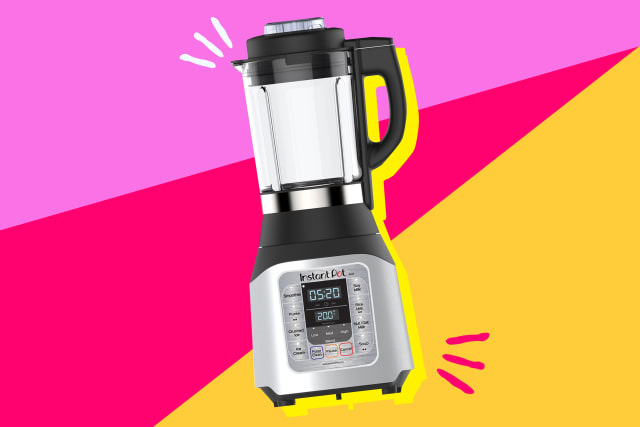







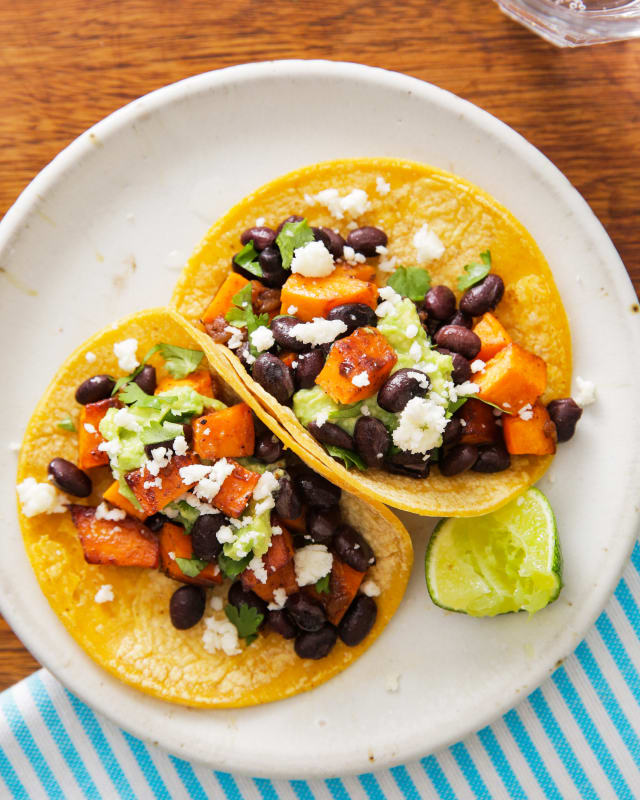
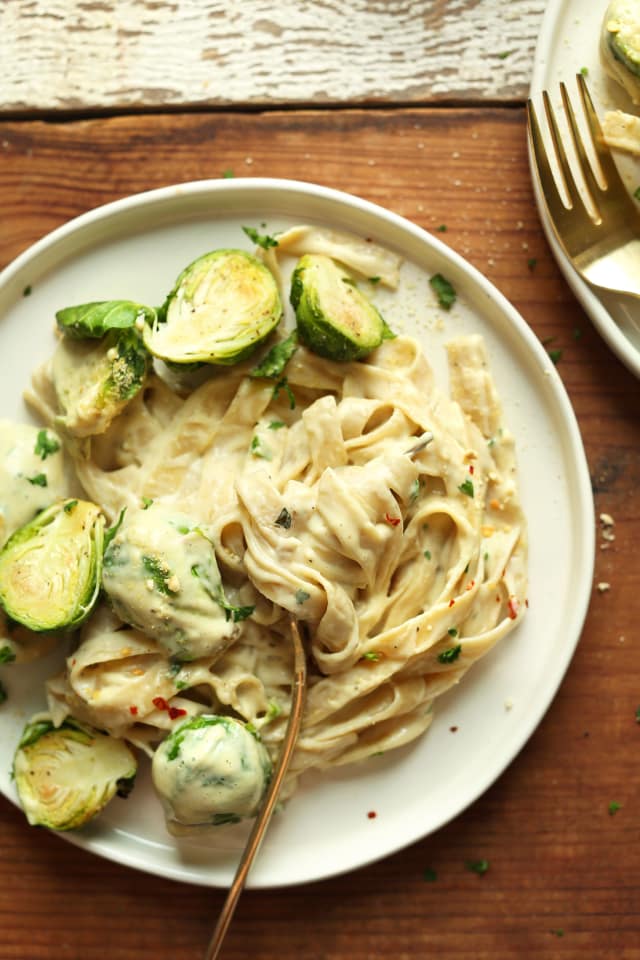
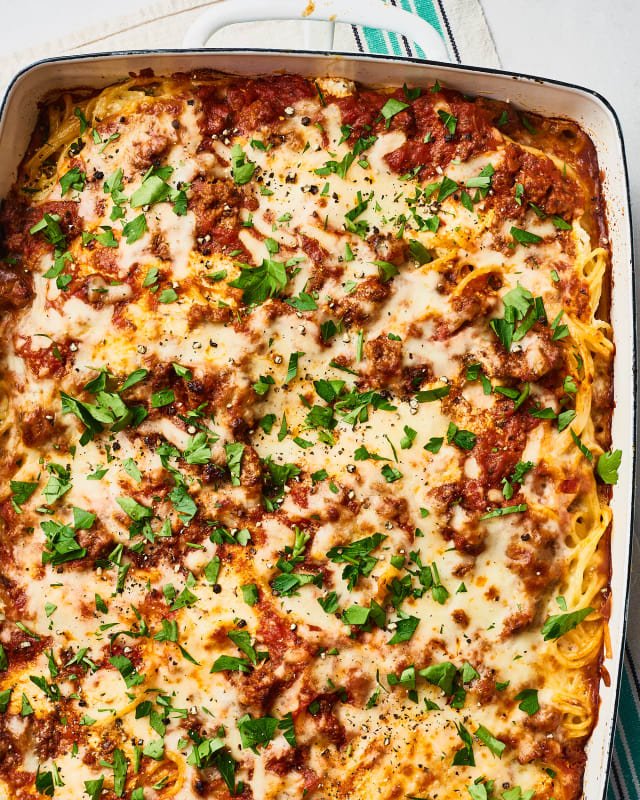
 For now classes are 6pm and 640pm at 2840 Wildwood st in the Boise Cloggers studio.
Book your class NOW!
click this ==>
For now classes are 6pm and 640pm at 2840 Wildwood st in the Boise Cloggers studio.
Book your class NOW!
click this ==>








